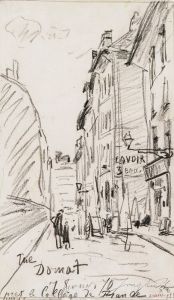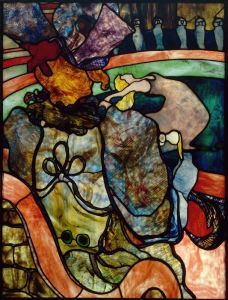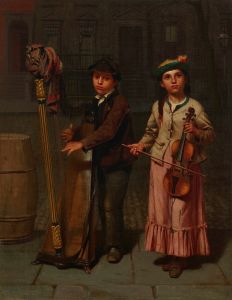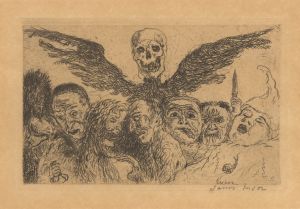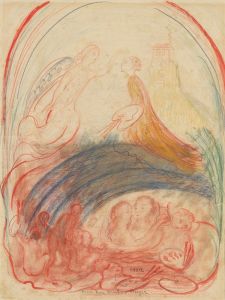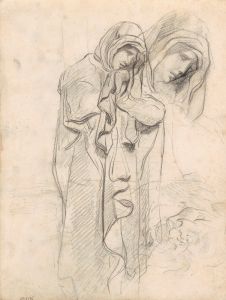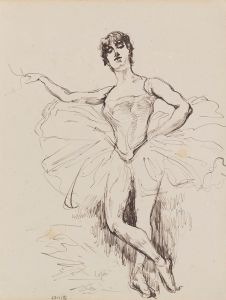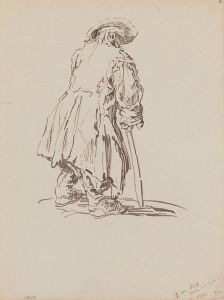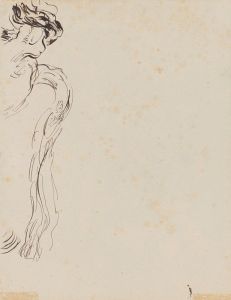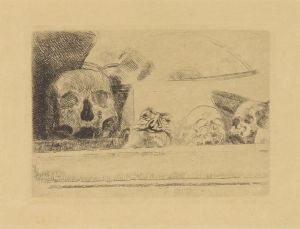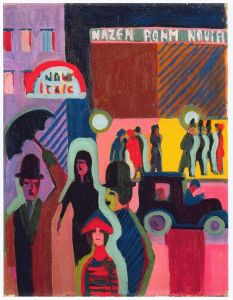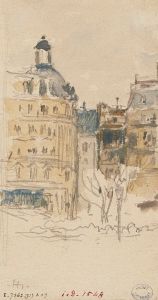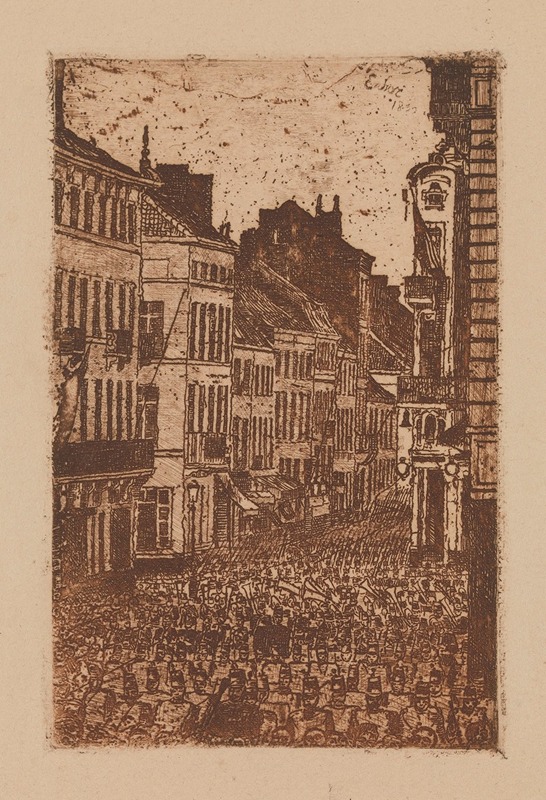
The Music in the rue de Flandre, Ostend
A hand-painted replica of James Ensor’s masterpiece The Music in the rue de Flandre, Ostend, meticulously crafted by professional artists to capture the true essence of the original. Each piece is created with museum-quality canvas and rare mineral pigments, carefully painted by experienced artists with delicate brushstrokes and rich, layered colors to perfectly recreate the texture of the original artwork. Unlike machine-printed reproductions, this hand-painted version brings the painting to life, infused with the artist’s emotions and skill in every stroke. Whether for personal collection or home decoration, it instantly elevates the artistic atmosphere of any space.
"The Music in the rue de Flandre, Ostend" is a painting by the Belgian artist James Ensor, created in 1891. Ensor, born in 1860 in Ostend, Belgium, is known for his unique and often avant-garde style that blends elements of realism, symbolism, and expressionism. His works frequently feature grotesque imagery, satirical themes, and a vivid use of color.
This particular painting, "The Music in the rue de Flandre, Ostend," captures a lively street scene in Ensor's hometown of Ostend. The rue de Flandre, or Flanders Street, is depicted bustling with activity, showcasing a musical procession. Ensor's use of vibrant colors and dynamic composition brings the scene to life, reflecting the festive atmosphere of the moment.
Ensor's technique in this painting is notable for its loose brushwork and bold color palette, which contribute to the overall sense of movement and energy. The figures in the procession are rendered with a sense of immediacy and spontaneity, characteristic of Ensor's style during this period. The artist's interest in capturing the essence of everyday life and the human condition is evident in the way he portrays the various characters in the scene, each with their own distinct expressions and postures.
The painting also reflects Ensor's fascination with masks and the carnivalesque, themes that recur throughout his oeuvre. The figures in the procession are depicted with exaggerated features and expressions, almost as if they are wearing masks. This element adds a layer of surrealism to the work, blurring the line between reality and fantasy.
"The Music in the rue de Flandre, Ostend" is housed in the Royal Museum of Fine Arts in Antwerp, Belgium. It is considered an important work within Ensor's body of work, exemplifying his innovative approach to painting and his ability to capture the vibrancy of urban life. The painting also provides insight into the cultural and social milieu of late 19th-century Belgium, a time of significant change and modernization.
Ensor's influence on modern art is widely recognized, and his work has been the subject of numerous exhibitions and scholarly studies. His ability to blend traditional techniques with modernist sensibilities has earned him a place among the most important artists of his time. "The Music in the rue de Flandre, Ostend" stands as a testament to his unique vision and artistic legacy.





